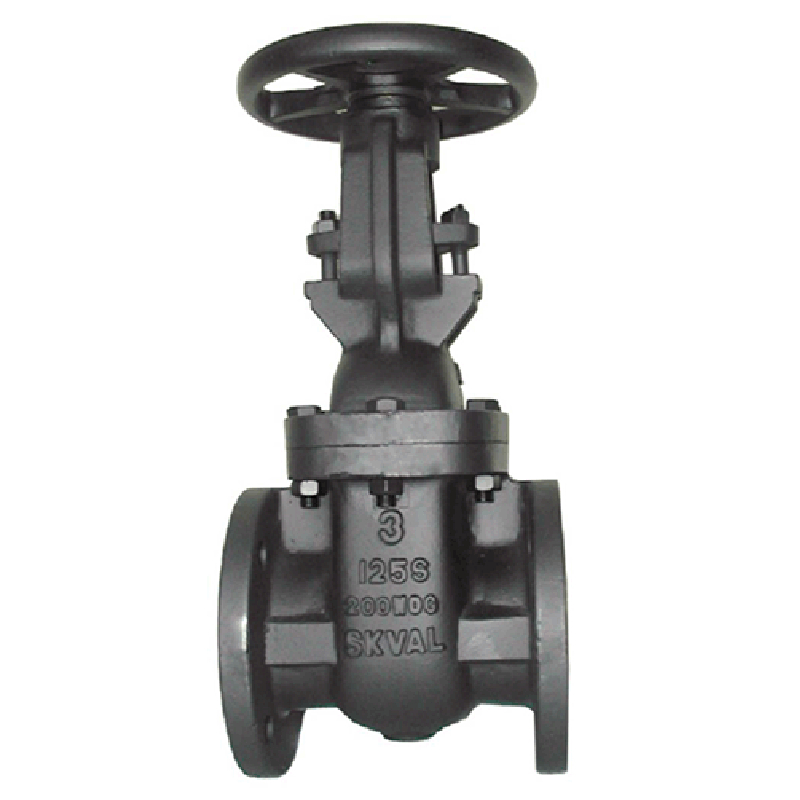Dec . 31, 2024 17:39 Back to list
Durable Ductile Iron Ball Valve for Reliable Flow Control Solutions
Understanding Ductile Iron Ball Valves An Overview
Ductile iron ball valves are critical components in various industrial applications due to their durability, efficiency, and reliability. As the demand for robust valve systems increases, ductile iron ball valves have gained prominence in multiple sectors, including water treatment, oil and gas, food processing, and chemical manufacturing.
What is Ductile Iron?
Ductile iron, also known as spheroidal graphite iron or nodular cast iron, is a type of cast iron that exhibits improved ductility compared to traditional gray cast iron. The nodular structure of graphite in ductile iron gives it significant advantages, including enhanced strength, toughness, and resistance to wear. These characteristics make it an ideal material for ball valves, which often face high-pressure and abrasive conditions.
The Anatomy of Ductile Iron Ball Valves
A ductile iron ball valve consists of several essential components the valve body, ball, seats, stem, and actuator.
1. Valve Body The main structure of the valve, designed to withstand significant internal pressure. Ductile iron's strength ensures that the valve can endure harsh environments and contribute to the longevity of the system.
2. Ball This component is the core of the valve, which controls the flow of fluid. The ball is usually made from materials such as stainless steel or brass, coated to ensure corrosion resistance. When the ball is rotated 90 degrees, it either opens or closes the flow path.
3. Seats These are the surfaces that provide a seal between the ball and the valve body. Proper sealing is crucial for preventing leaks and maintaining system pressure. Ductile iron ball valves typically utilize resilient seat materials that enhance sealing capabilities and reduce wear.
4. Stem The stem connects the ball to the valve actuator. The design of the stem is critical for ensuring smooth operation, and it is often engineered to minimize the risk of leaks.
ductile iron ball valve

5. Actuator This component can be operated manually or automatically. Electric, pneumatic, or hydraulic actuators are often employed, depending on the specific application requirements.
Advantages of Ductile Iron Ball Valves
1. Durability Ductile iron is exceptionally durable under various conditions, which translates to a longer lifespan for the valve. This durability reduces the need for frequent replacements, resulting in lower maintenance costs.
2. Corrosion Resistance When properly coated, ductile iron ball valves offer excellent resistance to corrosion, making them suitable for aggressive fluid environments. This property is particularly important in applications involving chemicals or saline solutions.
3. Versatility Ductile iron ball valves can be engineered for a range of applications, from high-pressure systems to low-flow scenarios. Their adaptability makes them suitable for various industries, including municipal water systems, industrial processes, and HVAC systems.
4. Improved Flow Performance The design of a ball valve allows for low-pressure drops and minimal turbulence, facilitating efficient flow control. This efficiency is a significant advantage in systems where maintaining pressure and flow rate is critical.
5. Ease of Operation Ductile iron ball valves can be quickly operated, either manually or automatically, providing users with flexibility in control. The straightforward design of these valves allows for easy maintenance and servicing.
Conclusion
Ductile iron ball valves represent a fusion of innovation and reliability, making them indispensable in modern industrial operations. Their strength, resistance to wear and corrosion, and versatility set them apart as a preferred choice in various applications. As industries continue to seek out efficient and durable solutions, ductile iron ball valves will undoubtedly play a pivotal role in meeting those needs, contributing to safer and more efficient operational environments. Whether for municipal water systems or complex chemical processes, ductile iron ball valves are engineered to perform, ensuring smooth and reliable operation across the board.
Share
-
Reliable Wafer Type Butterfly Valves for Every IndustryNewsJul.25,2025
-
Reliable Flow Control Begins with the Right Ball Check ValveNewsJul.25,2025
-
Precision Flow Control Starts with Quality ValvesNewsJul.25,2025
-
Industrial Flow Control ReliabilityNewsJul.25,2025
-
Engineered for Efficiency Gate Valves That Power Industrial PerformanceNewsJul.25,2025
-
Empowering Infrastructure Through Quality ManufacturingNewsJul.25,2025